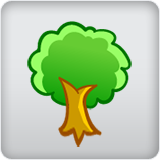
Nannyberry (tree form)
Viburnum lentago (tree form)
Height: 15 feet
Spread: 7 feet
Sunlight:



Hardiness Zone: 2b
Other Names: Sheepberry
Description:
A magnificent tree form variety with many endearing qualities; large clusters of creamy white flowers in spring, showy deep blue fruit in fall and reliable fall color; an upright spreading plant, hardy and adaptable
Ornamental Features
Nannyberry (tree form) features showy creamy white flat-top flowers at the ends of the branches in mid spring. It has dark green deciduous foliage. The glossy pointy leaves turn an outstanding brick red in the fall.
Landscape Attributes
Nannyberry (tree form) is a deciduous tree with a shapely oval form. Its average texture blends into the landscape, but can be balanced by one or two finer or coarser trees or shrubs for an effective composition.
This tree will require occasional maintenance and upkeep, and should only be pruned after flowering to avoid removing any of the current season's flowers. It is a good choice for attracting birds to your yard, but is not particularly attractive to deer who tend to leave it alone in favor of tastier treats. Gardeners should be aware of the following characteristic(s) that may warrant special consideration;
- Suckering
Nannyberry (tree form) is recommended for the following landscape applications;
- Accent
- Mass Planting
- Hedges/Screening
- General Garden Use
- Naturalizing And Woodland Gardens
Planting & Growing
Nannyberry (tree form) will grow to be about 15 feet tall at maturity, with a spread of 7 feet. It has a low canopy with a typical clearance of 4 feet from the ground, and is suitable for planting under power lines. It grows at a medium rate, and under ideal conditions can be expected to live for 40 years or more.
This tree performs well in both full sun and full shade. It is very adaptable to both dry and moist locations, and should do just fine under average home landscape conditions. It is not particular as to soil type or pH. It is highly tolerant of urban pollution and will even thrive in inner city environments. This species is native to parts of North America.

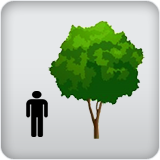
 Characteristics
Characteristics
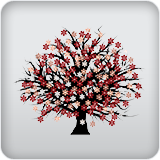
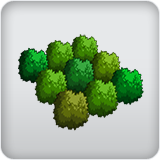


 Applications
Applications

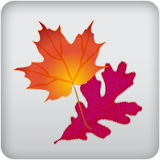

 Features & Attributes
Features & Attributes



